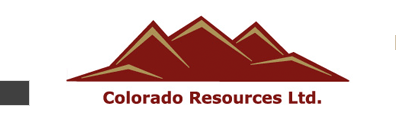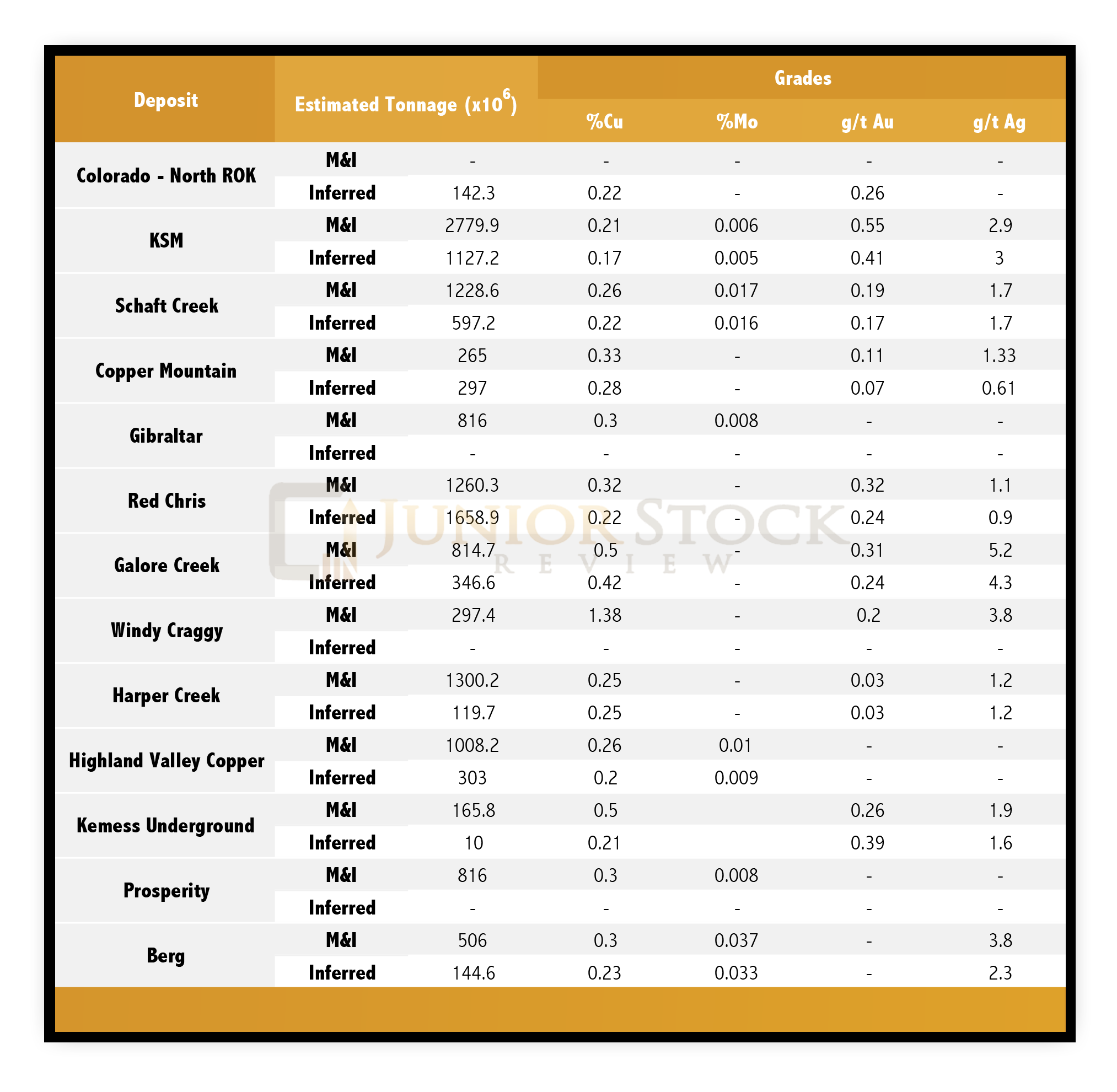
I know I’ve said it before, but when you have the opportunity to talk to successful speculators or investors, it’s far more valuable to ask questions pertaining to the HOW, instead of focusing on the WHO or WHAT. As great as it is to get a stock tip, it’s a short term solution to a grand puzzle, a puzzle which can only really be solved by working diligently to perfect your approach to speculation.
Today, I have for you an interview with someone who has a great understanding of the HOW, when it comes to being successful in the junior resource market. This person is Rick Rule. Mr.Rule’s understanding of the resource market comes from his experience, as he has spent his entire adult life pursuing alpha within the sector.
Currently, Mr.Rule is President and CEO of Sprott U.S. Holdings, which is a holding company made up of three separate and distinct companies: Sprott Global Resource Investments Ltd., Sprott Asset Management USA Inc., and Resource Capital Investment Corporation. For those looking for more information on Sprott Global financial products and services, check out the Sprott Global Resource Investments website.
Without further ado, A Conversation with Rick Rule.
Enjoy!
Brian: Doug Casey, whom I recently interviewed, mentioned that the book, The Market for Liberty, changed his life, transitioning his political philosophy from Objectivist to a Libertarian. This is a major change in political philosophy, one of which I’m not sure every person is capable. In my view, we live in a society of paradigms or bias that lock us into thought patterns that keep many of us blind to other alternatives – alternatives that may be more efficient or beneficial.
Whether it be financial, political or social, in your opinion, how does one keep an open mind and see through paradigms and their own inherent bias?
Rick: That is the billion dollar question. I think, probably, it was searching, having a curious mind that brought you to Doug Casey, and I think it was searching and having a curious mind that brought Doug Casey, who had a decidedly stateist family, if you know anything about his background, to the sort of free market anarcho captialist orientation that he has today.
Doug is enough smarter than me, and I suspect you are, too; my path was somewhat more tenuous. The path that I would describe is going to seem odd, but the first tract that I read that, in retrospect, was Libertian oriented, was War and Peace, talking about the relationship of man to society and vice versa, and I wasn’t really able to codify it, until I read a much simpler tome, Economics in One Lesson, or understand it deeply until I read, Human Action, by von Mises, of course, it wasn’t one thing that got me there. It was a longer course, it was a willingness to be exposed to other points of view.
Brian: While paradigms and bias give us the basis for how we view the world, emotion is the fuel that causes us to act without logic. The biggest lesson I have learned in my speculating career, thus far, is to act against the crowd and buy when everyone else is selling – and vice versa. This is a lot easier said than done!
Do you have a defined strategy that investors can adopt in some form, which works to minimize the role that emotion plays in speculations?
Rick: Arithmetic. Arithmetic is extremely important. When an industry is in liquidation, it is important to force yourself to be able to buy. When a commodity that is necessary for sustaining the lifestyles that are enjoyed by mankind, is selling for less than the total cost of production, one of two things happens; either that material becomes unavailable or the price goes up. It is difficult to make yourself buy an industry in liquidation, but the truth is, one of my Rule-isms, if you will, is that you are either contrarian or you are going to be a victim. An illustration of that would be the best bull market that I ever participated in, which was the uranium bull market of the last decade. Uranium had gone through a 20 year bear market in the 80s and 90s, and the consequence of that was that any investor who wasn’t bored to tears with uranium, had a moral objection to it as a consequence of Hiroshima, Nagasaki, Three Mile Island, Chernobyl. The sector was not only out of favour, it was hated. But despite that, at the time, it represented 20% of US base load demand and the industry was making it for $30 a pound and selling it for $10 a pound, losing $20 a pound and, of course, trying to make it up on volume. There was only one of 2 outcomes; whether the lights would go out across the United States or the price would go up. It was into that circumstance that I forced myself to buy the only 5 uranium juniors in the world, companies that had no hope of going into production with the uranium price where it was when I bought them, in anticipation that the price would have to go up. My reward was that the worst of those 5 ran 22 to 1 over the ensuing 5 years.
I would say, in short answer to the question, arithmetic is how you counter emotion and a narrative.
Brian: Warren Buffet says, “you must learn from mistakes, but they don’t have to be your own.” To me, there’s a lot of wisdom in this comment – we should all be so lucky.
First, would you agree? And second, how does this statement translate to your junior resource speculating career?
Rick: Answering the questions in reverse, sadly, I have had to make all of the mistakes I learnt from. I suspect 2 things; first, Mr. Buffet is smarter than me, he is also extremely disciplined and dispassionate. My own experience required me to learn the lessons personally. I certainly get reinforcement now, from watching other people who work hard and are smart making the same mistakes that I made in the past, and it warns me off the seeming necessity to make the same mistake over and over again.
This goes back to curiosity, the more time you go about gathering information and the more dispassionate about analysing the information that you gather, the better off you are going to be. Unfortunately, while all of us value ourselves as truth seekers, we think what we do is take information from everywhere, and sort that information to make rational conclusions – that isn’t what we do. We gather information and we use that information to support our existing paradigms and prejudice. So you have to be curious in the first instances, and then you have to be rigorous with regards to the products of your curiosity, and the second part is probably more difficult than the first.
Brian: Confirmation bias is hard to overcome.
Rick: Yes, it’s lethal.
Brian: For me, jurisdictional risk is an interesting subject because everyone has their own criteria for what constitutes risk. For most, jurisdictional risk is most closely tied to the politics of the country in question, or the politics of a neighbouring country.
In a 2012 speech at Jayant Bhandari’s Capitalism and Morality Seminar (Video Link – around the 10:34 min), you said that one of your worst jurisdictional experiences that you have encountered in your career was an investment in a company in California, United States.
For most, this example may represent a quandary, because I believe the United States is easily sold as a premier investment jurisdiction, especially when compared to, say, the Congo in Africa. This isn’t always the case, however, as you pointed out.
Therefore, do you measure jurisdictional risk in terms of the delta between the company’s share price and its value? Meaning, would you be willing to take on any amount of jurisdictional risk, depending on the value of the company relative to the price for which its shares are selling?
Rick: Yes absolutely. My own experience is that most investors equate political risk to their emotion rather than to reality, and you tend to react more strongly to political risk that you haven’t experienced or don’t understand. My own belief is that money that is stolen from me by white people in English, according to the rule of law, is just as gone as money that is extorted from me in some third world kleptocracy.
My experience, further, by doing business internationally, and this is going to sound like a generality, which it is, but it is also true, countries that can’t get any worse don’t, and countries that can’t get any better don’t, either. This plays out over time, not immediately, but the truth is, the countries that have rewarded me the best are countries that have been coming off low bottoms. An example would be Chile, with a superb exploration endowment coming off, first, the idiocy of socialism under Allende, and then, the murderous regime of Pinochet. The response of the geology in Chile to stability and the sort of social sense that they had had enough of rightist and leftist autocracy was spectacularly good for me. I made money in hard places like Russia, Sudan, Congo. The truth is that most of the great, easy to find, tier one deposits that exist in countries that have been able to be explored efficiently in the last 40 years, have been made. The big tier 1 discoveries that have yet to be made are going to be made in places where there have been problems with access or problems with cost of capital. Places like the Tethyan metalagentic belt, running through Turkey, Pakistan, Kazakhstan, Afghanistan, Uzbekistan, Kyrgyzstan, Mongolia, those types of places. The easy deposits in safe places have mostly been found.
Brian: Speculating in management teams with past success comes at a premium in the junior resource market – and with good reason; the odds of finding an economic deposit and/or bringing that deposit to production are slim. For those looking to find great companies at a ‘discount,’ however, they may have to look at companies with younger and unheralded management teams.
I have a two-part question; First, with people arguably being the most important part of a junior company, in your opinion, is it worth taking the risk in speculating with a younger team? Secondly, if so, how do you evaluate young management teams that don’t have the résumés of a Ross Beaty or Robert Quartermain?
Rick: I dispute the first of your thesis; I believe that if you are willing to speculate and invest in very bad markets that you can get top tier managements at a discount. Two and a half years ago, I was able to buy Ivanhoe Mines with, at that point in time, two – now three – top tier deposits at a discount to cash. People were afraid of the market, they were afraid of the Congo and they didn’t care about Friedland. In a market before that, I was able to buy Adolf Lundin at a discount to cash. The truth is, if you have the guts to invest in bad markets, you can buy the best properties and the best management teams very cheaply. In the market that we are heading into, a bull market, however, other sets of circumstances are true and I would suggest to your readers, unless prepared to devote a minimum of 20 hours per week to their speculative portfolios, that they give up the optionality associated with new management teams and focus on investing around the best of the best, even being willing to accept those premiums. For investors and speculators who are willing to work a little harder, having a sleeve of between 25 and 50% in your portfolio to try and speculate around management teams who you believe or have reason to believe, with guided advice, will become the Ross Beatys and the Bob Quartermains of your generation, is a task that is very worthwhile.
Brian: I’m a strong believer in the gold thesis but, for the sake of playing devil’s advocate, in which type of scenario could you see the gold price falling in the future?
Rick: I think a global liquidity driven economic collapse, a repeat of 2008 where the lack of faith in the system was such that liquidity itself became unavailable. Peripheral assets always follow the first, in the absence of liquidity, and certainly gold equities are as peripheral as you can get.
The other, of course, would be a deflationary, a real deflationary, collapse; I don’t happen to see that in the outlook. The most immediate threat to gold equities markets being a liquidity seize up like 2008.
Brian: Conferences are a great way to expand your knowledge of the sector and to speak to the people who are running the companies in which you’re speculating. Learn who these people are – you’re trusting them with your money. For those looking for a conference to attend, I highly suggest that you attend the Sprott Natural Resource Symposium from July 25th to 28th, in Vancouver. In my opinion, it’s by far the best conference in the business and worth every penny.
In your opinion, what’s the value proposition of the Sprott Natural Resource Symposium?
Rick: You’re asking me to answer a question in my own self interest, which I am delighted to do. These speakers have been hand selected, the economic precept to the gold case is made very well by Jim Rickards, whom, among other things, was corporate counsel for Long Term Capital Management and knows a lot about the structure of institutional financial relationships worldwide and the risks that they impose.
The political backdrop for the discussion is posed by David Stockman, who was an absolute insider as he was Ronald Regan’s primary Economic Advisor, and has been a big wig in republican politics for 30 years. It is important also, though, that this conference won’t all be gurus; David Harquail who was partially responsible for building Franco Nevada will be there telling you why and how. Ross Beatty will be there, Bob Quartermain will be there, the serially successful Robert Friedland will be there. Learning about how hugely, serially successful mining operators operated and built their own companies and, at the same time, built their own portfolios, gives lessons to investors that are absolutely invaluable.
Another circumstance that is unique to this conference; at almost every investment conference that I know, although the attendees view exhibitors as content, the conference sponsors view them as advertisers, and so at most conferences, the criterion for accepting exhibitors is a cheque that cashes. In the context of the Sprott conference, because our attendees have told us that they consider the exhibitors to be content, if we don’t own shares of the exhibitors in a Sprott managed account, we won’t admit them to the conference. That doesn’t mean that everyone will go up in price, but it means that we understand enough about the affairs of the company that we are willing to risk our own money.
And, by the way, if you constructed an index of the exhibitors, that index of exhibitors relative to the broader junior resource market, would have shown substantial out performance in each of the last 4 years.
Brian: Thank you very much for taking the time to answer my questions!
In my conversation with Mr.Rule, we covered a number of very important topics. Mr.Rule’s answers provide a great guideline for success in the junior market. Here’s a list of the points that stood out for me:
- Arithmetic is how you counter emotion and a narrative
- Confirmation bias is lethal to your success in the junior resource sector. Be curious, but also rigorous with regards to the products of your curiosity
- Be mindful that political risk is typically tied to emotion rather than to reality. The tendency, therefore, is to react more strongly to political risk that you haven’t experienced or don’t understand.
- Being a contrarian puts the odds of success in your favour, and is by far the most important piece of advice shared by Mr.Rule. Speaking from experience, I concur, but also warn that it is the HARDEST piece of advice to implement. Humans love to be a part of a group and, therefore, are prone to herd mentality.
- Finally, the Sprott Natural Resource Symposium offers a great value proposition, as Mr.Rule and his team have handpicked a group of speakers and companies which have out-performed the broader junior resource market in each of the last 4 years. If you’re going to attend just one natural resource conference, this is it.
Don’t want to miss a new investment idea, interview or financial product review? Become a Junior Stock Review VIP now – it’s FREE!
Until next time,
Brian Leni P.Eng
Founder – Junior Stock Review




